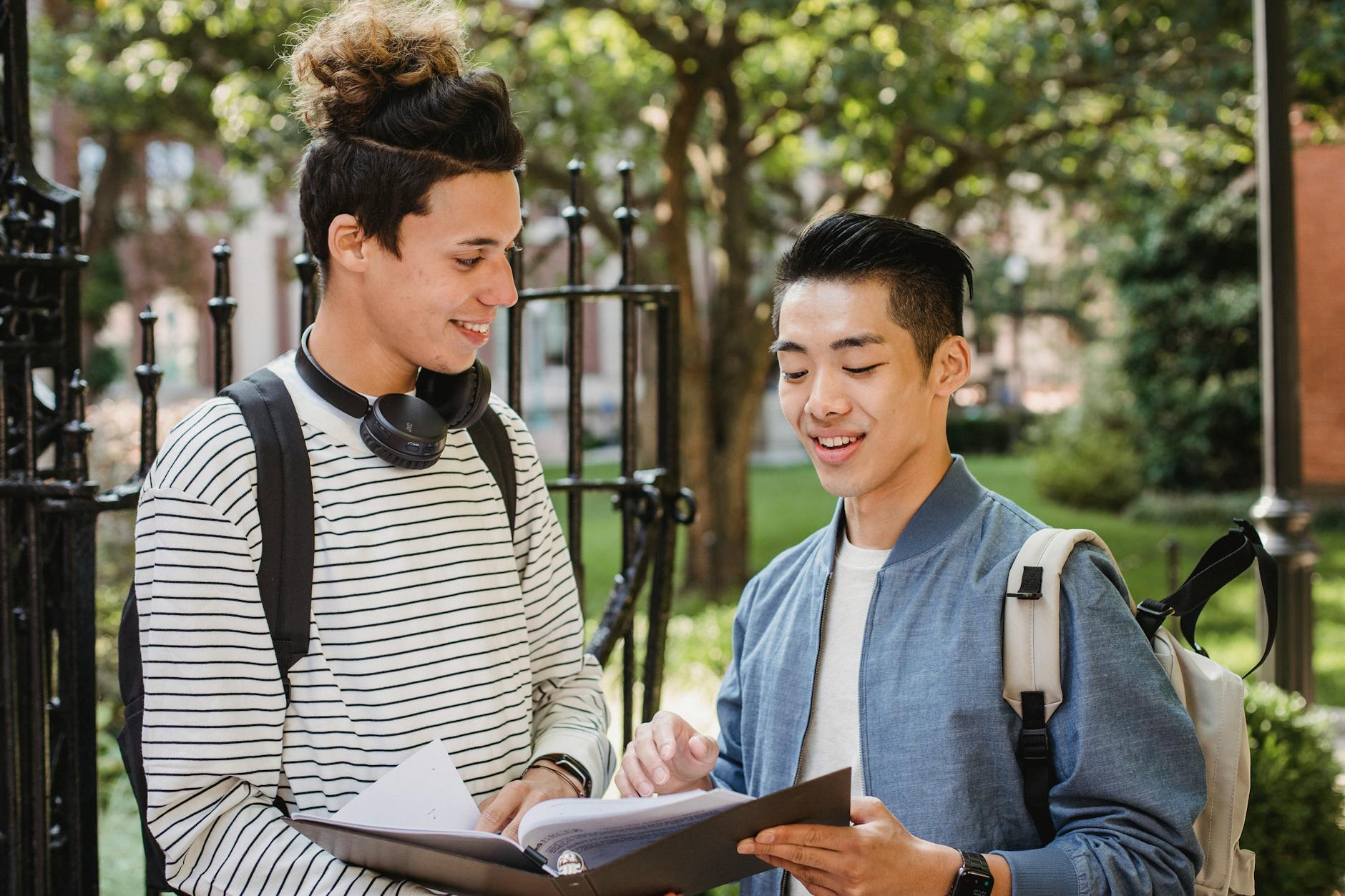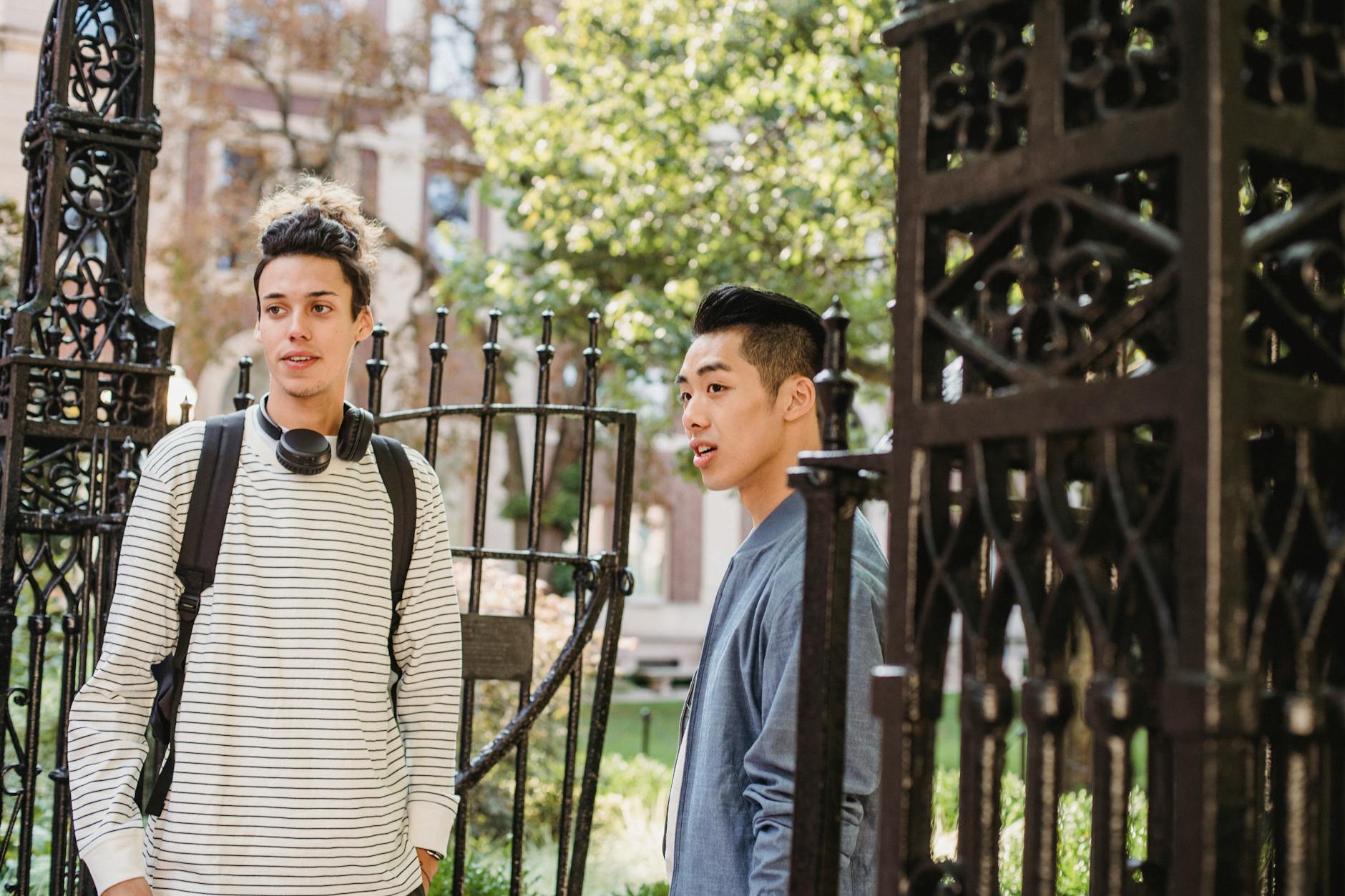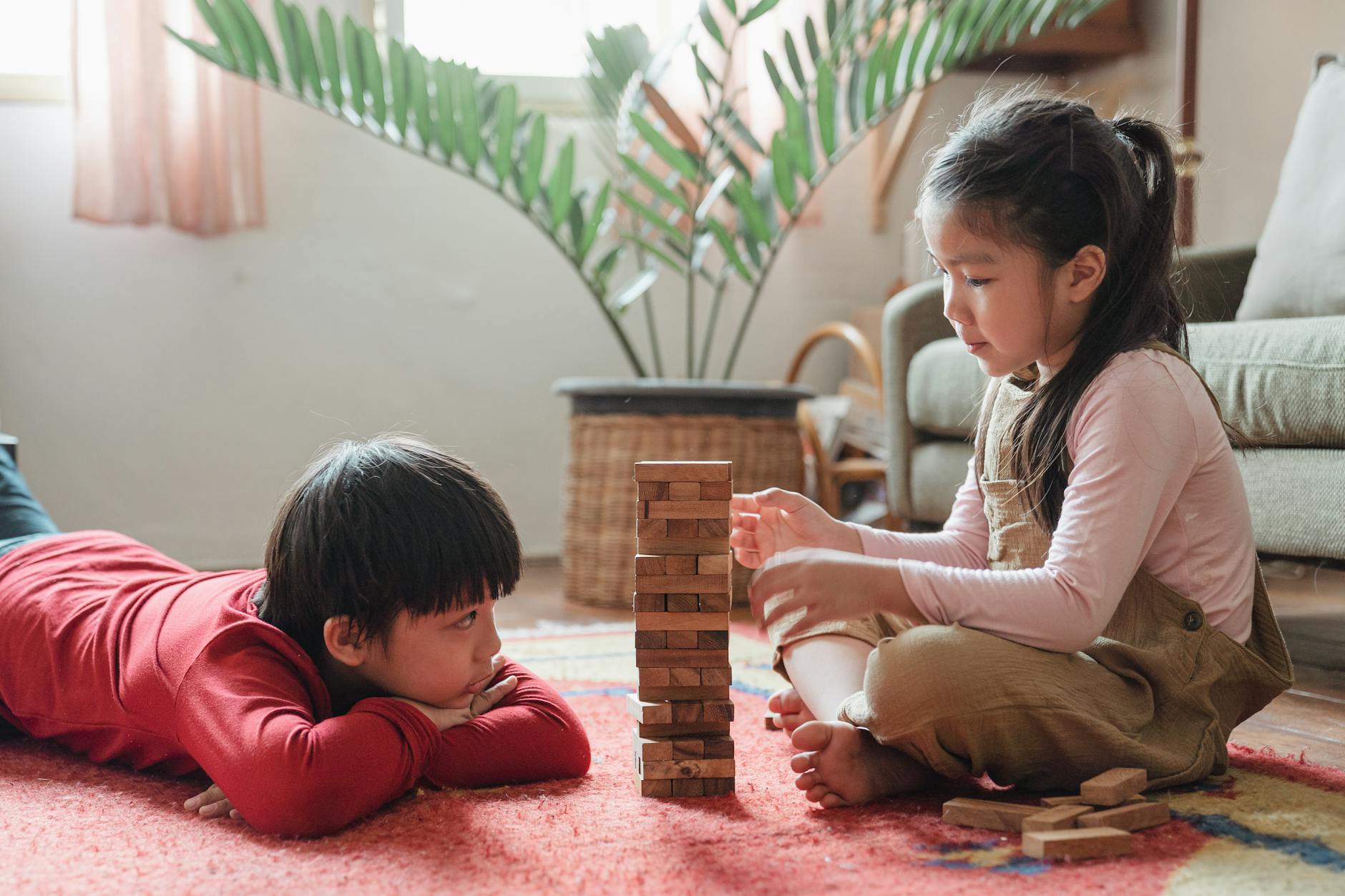How to Integrate Community Services into Early Childhood Curricula in Australia

Exploring Community Services
Community services offer a unique opportunity for educators to expand their teaching horizons and create more engaging learning environments. By integrating resources such as aged care courses online, we can design curriculum that addresses essential life skills, like empathy and social responsibility, right from the classroom. The educational resources at the Queensland Library provide a treasure trove of information to support educators in this journey.
Key Concepts and Benefits
The core idea behind community services is fostering a deeper connection between students and their communities. This includes practical skill development and enhancing emotional intelligence. By incorporating these elements, early childhood education becomes more holistic and meaningful. Students learn not just through textbooks but by observing and participating actively in the world around them.
Relevance to Early Childhood
In early childhood education, experiences shape the foundational years of a child’s development. Introducing community service themes early on, such as narratives from early childhood education legends or activities inspired by community helpers, can ignite curiosity and empathy. Interactive play spaces, for example, those at the South Bank Parklands, can serve as a dynamic setting for these experiences.
Examples of Integration
Consider developing creative projects where students can contribute to aged care initiatives or create mini-exhibitions on local community helpers. These activities encourage active participation and reflection. Additionally, attending education-focused events at the Brisbane Convention & Exhibition Centre can provide inspiration for integrating community services into the curriculum, offering a platform for educators to share and exchange ideas.
Framework for Integration
Curriculum Alignment Strategies
Incorporating community services into early childhood education involves a dynamic curriculum that complements existing learning objectives. A practical approach is to seamlessly integrate these services into core subject areas, ensuring each child’s learning is enriched holistically. For example, you might incorporate social responsibility themes from community services courses into social studies or health subjects, thereby giving students a platform to engage with real-world issues. This approach not only ties in with their academic curriculum but also nurtures their understanding of community dynamics.
Identifying Local Services
Harnessing educational resources around Brisbane, like those at the Queensland Library, can significantly enhance the practical application of community services in teaching. Start by mapping nearby services and community organisations that can be resources for the students. Whether it's collaborating with local aged care facilities or leveraging the aged care online courses for students interested in health-related careers, identifying these resources can ignite student interest and provide diverse learning experiences.
Engaging Community Partners
Establishing partnerships with local community organisations is key to cultivating a rich educational environment. Engagement can range from inviting guest speakers to organising field trips that bring concepts to life. Consider teaming up with organisations hosting education-focused events at the Brisbane Convention & Exhibition Centre to enrich the curriculum. These collaborations foster a community spirit and provide students with valuable networking opportunities, broadening their educational experiences in a meaningful way.
Designing Engaging Activities
Interactive Projects for Children
When we think about integrating learning activities for young children, the fusion of practicality and engagement is vital. Suppose you're exploring childcare courses online or considering a diploma in early childhood education. In that case, you might discover numerous opportunities to incorporate interactive projects that captivate young minds. Imagine, for instance, utilising platforms with animated storytelling sessions or the magic of virtual reality tours. These can transport students to innovative play spaces, a concept inspired by the South Bank Parklands' interactive installations.
To design projects that truly resonate, tie them to activities children enjoy. For instance, create a scavenger hunt that blends physical and digital tasks, balancing screen time with physical exploration. This method enhances learning by encouraging both cognitive and motor skills. As children navigate their education, they can earn badges or points, turning learning into an exhilarating quest. Why not offer tailored feedback or progress reports? This way, each child feels valued and motivated to learn further.
Keeping in mind the latest educational technologies, tap into resources like the educational treasures at the Queensland Library. By leveraging such sources, educators like yourself can craft projects that are both educational and delightful, keeping pace with Liam Caldwell’s cutting-edge vision for educational innovation. This approach ensures that children are not passive recipients of knowledge but active participants in their learning journeys.
Measuring Impact
Assessing Student Engagement
In the vibrant world of education, gauging student engagement is pivotal to tailoring learning experiences that resonate with young minds. As educators, it’s imperative to use creative curriculum hacks that can make assessment both insightful and inspiring. One effective method to achieve this is through interactive feedback sessions, where students can openly express their thoughts on the newly introduced modules, like aged care training. These sessions not only offer educators a unique perspective on student interest but also encourage children to develop critical thinking and communication skills.
Tracking Community Interactions
Tracking interactions between students and the broader community can illuminate the real-world impact of programs focused on the diploma of community services. Consider using technologies like apps or platforms that facilitate communication between educational institutions and community partners. By examining the nature and frequency of these interactions, educators can identify trends, gaps, and opportunities for enhancement, ensuring a meaningful linkage between learning and community service. This tracking fosters accountability and sheds light on community engagement's effectiveness in enriching student experiences.
Reflecting on Learning Outcomes
Reflection is a cornerstone of effective teaching and learning. Encourage students and educators alike to utilize tools such as digital portfolios or reflection journals. These platforms can capture learning milestones, successes, and areas for growth, offering a comprehensive view of educational achievements related to community services. The process of reflection not only promotes self-awareness but also guides educators in refining teaching approaches.
Taking inspiration from events at the Brisbane Convention & Exhibition Centre, where education-focused events often spotlight innovative thinking, these strategies can help in crafting a reflective practice that elevates both teaching and learning experiences.
Best Practices
Collaborative Planning Techniques
In the vibrant realm of early childhood education, joining forces with fellow educators can be as enriching as a morning at the Brisbane Convention & Exhibition Centre. Harness the power of collaborative planning to design a curriculum that stands out. Initiate regular brainstorming sessions to share creative curriculum hacks, perhaps inspired by the innovative play spaces at the South Bank Parklands. Use these sessions to align your lessons with the community services available, ensuring each lesson is an adventure in learning. When planning, consider resources like those at the Queensland Library to find hidden gems that can elevate your teaching approach.
Building Sustainable Partnerships
Building lasting relationships with community partners is crucial. Dive into the vibrant local ecosystem, reaching out to potential collaborators like community cleanup initiatives near me. These partnerships will enrich your curriculum while instilling a tangible sense of community engagement in students. Consider co-hosting events at school or partnering on projects that extend learning beyond the classroom. Sustainable partnerships not only foster innovative learning experiences but also enhance your program’s credibility within the community.
Addressing and Overcoming Challenges
Challenges are inevitably part of this exciting journey. Yet, with a strategic mindset equivalent to crafting a dynamic lesson plan, these obstacles can be transformed into opportunities. Tackle common issues such as aligning schedules or limited resources by tapping into community organizations that help. By fostering an open dialogue and being flexible, you can create solutions that not only overcome these barriers but also enrich the educational experience for everyone involved. Remember, every challenge is a step towards creating a more robust and cohesive learning environment.


